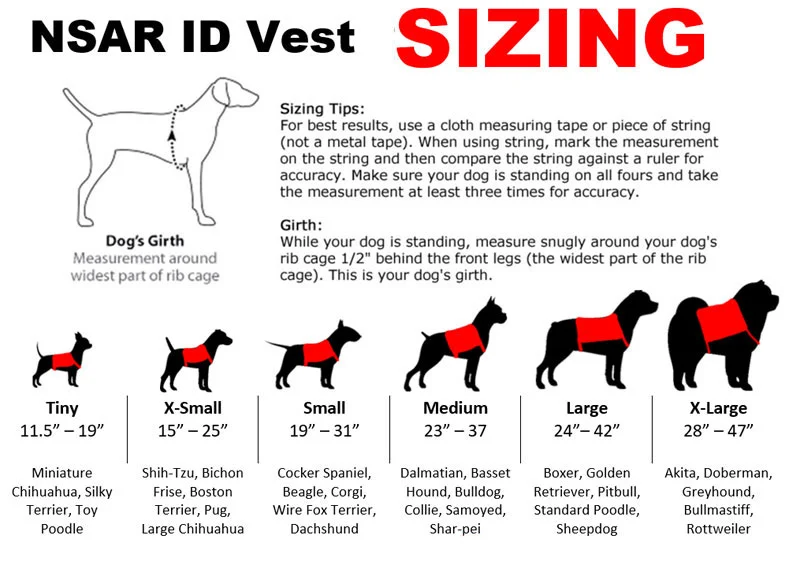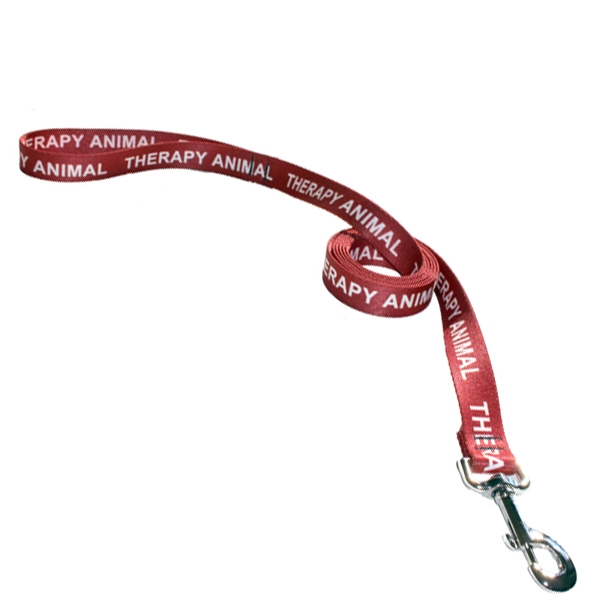Tips for Registering Your Dog as a Service Dog

Service dogs keep those with physical handicaps safe and make it easier for individuals living with disabilities to have fulfilling, independent lives. To make sure your service dog isn’t turned away from a public place, it’s important to go through the service dog registration process. If you haven’t registered your four-legged companion yet, check out these tips for a smooth process.
Understand What Type of Support Your Dog Provides
While many people think of service dogs as providing assistance to people who have physical disabilities, they also offer support for people struggling with emotional challenges and personal traumas such as post-traumatic stress disorder. When you register a service dog, you need to know the difference between a traditional service dog, an emotional support dog, and a therapy dog. Each of these classifications affords different privileges.
Service Dogs
These dogs are trained, certified, and recognized under the Americans with Disabilities Act (ADA). Pups certified in the service dog registry under this classification have the most freedoms and can’t be turned away from public places. Your service pup gives you the following rights:
- Fly with you at no extra charge
- Enter restaurant establishments in the dining area
- Landlords can’t charge additional rent or fees or turn you away from their building because you have a service pup
Emotional Support Animals (ESA)
These animals don’t undergo the same training as a service dog because their primary function is to provide comfort and support. It isn’t required to register an ESA. However, filling out paperwork with an organization like the National Service Animal Registry gives you documentation to support your claim that your dog is an emotional support animal. This documentation makes it easier to avoid the limitations placed on travel and living.
No professional training requirements are needed to register your emotional support dog. You will need a doctor’s note that proves the dog is beneficial for your treatment. Emotional support pups are great for people living with bipolar, anxiety, panic attacks, and other qualifying disorders.
Therapy Dogs
These dogs are used in classrooms, hospitals, and rehabilitation centers and have grown in popularity. They work with a handler and are used to help people overcome emotional and physical disabilities. Unlike ESA dogs and service dogs, these pups don’t have special legal permissions and can be denied entry into buildings and other public spaces.
Have Your Documents Ready
Once you’ve determined the category your support dog falls into, have your paperwork in order. When you have all your papers, you avoid delays and other obstacles.
Ask Questions
The best service dog registry groups welcome your questions. They offer many resources and additional training opportunities for their registrants. These groups want you and your support dog to feel welcome and comfortable anywhere you go.
To learn more about registering your dog, visit the National Service Animal Registry at Register Your Animal, and select from one of the 3 options: register your service dog, register your ESA, or register your therapy animal. Follow the step-by-step instructions to get your dog registered as quickly as possible.

















































